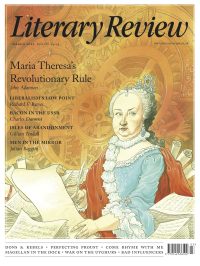Joanna Kavenna
The Pharaoh’s Gambit
I was in Luxor, playing a game without rules. I don’t mean life. The ancient Egyptian game of Senet is one of the oldest in the world. It was played for thousands of years, from around 3000 BC until it fell out of fashion sometime around AD 400. Senet boards were liberally placed in Pharaonic tombs: Tutankhamun was buried with no fewer than four sets to allay the boredom of eternity. The word Senet means ‘passing’. There were two players and a board of thirty squares. Some of the pieces look like pawns, others like cotton reels. The boards survived but the rules were lost. Theories on these abound, as well as on the ontological nature of the game. For if a game has no rules, then is it really a game at all? Or is it just a box?
In Homo Ludens, Johan Huizinga says that in order for a game to be a game, it must be fun. I thought about this as I walked along the banks of the Nile. A work trip to Egypt had been coronised, so now I was in virtual reality:

Sign Up to our newsletter
Receive free articles, highlights from the archive, news, details of prizes, and much more.@Lit_Review
Follow Literary Review on Twitter
Twitter Feed
Alfred, Lord Tennyson is practically a byword for old-fashioned Victorian grandeur, rarely pictured without a cravat and a serious beard.
Seamus Perry tries to picture him as a younger man.
Seamus Perry - Before the Beard
Seamus Perry: Before the Beard - The Boundless Deep: Young Tennyson, Science, and the Crisis of Belief by Richard Holmes
literaryreview.co.uk
Novelist Muriel Spark had a tongue that could produce both sugar and poison. It’s no surprise, then, that her letters make for a brilliant read.
@claire_harman considers some of the most entertaining.
Claire Harman - Fighting Words
Claire Harman: Fighting Words - The Letters of Muriel Spark, Volume 1: 1944-1963 by Dan Gunn
literaryreview.co.uk
Of all the articles I’ve published in recent years, this is *by far* my favourite.
✍️ On childhood, memory, and the sea - for @Lit_Review :
https://literaryreview.co.uk/flotsam-and-jetsam